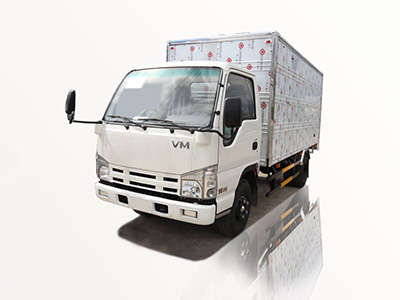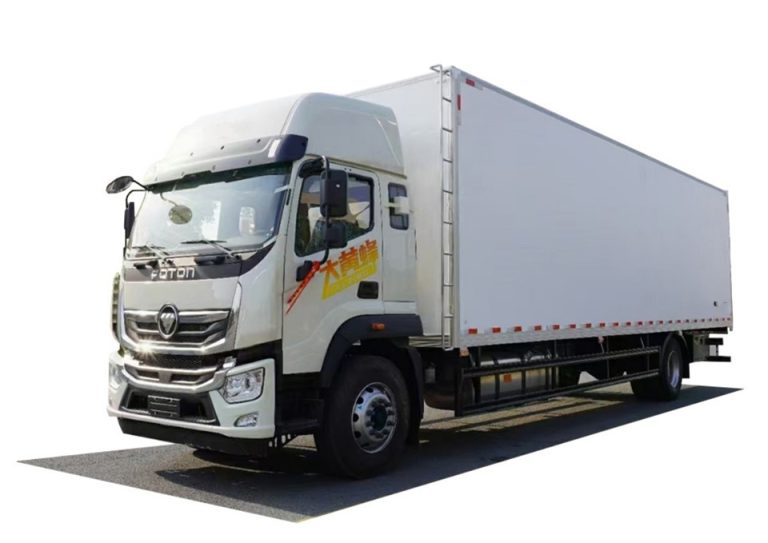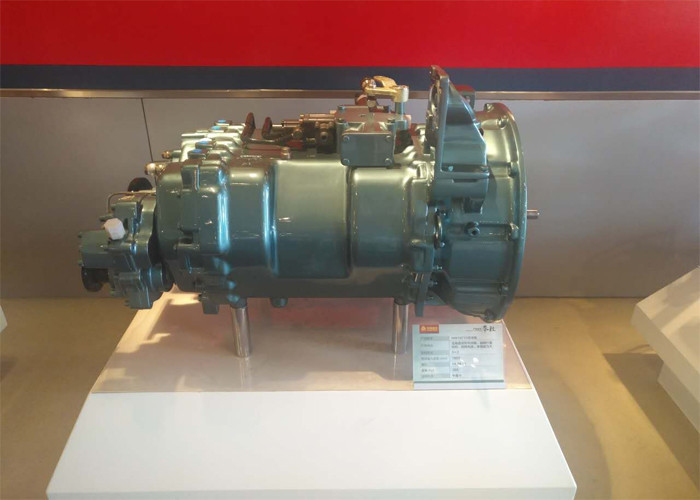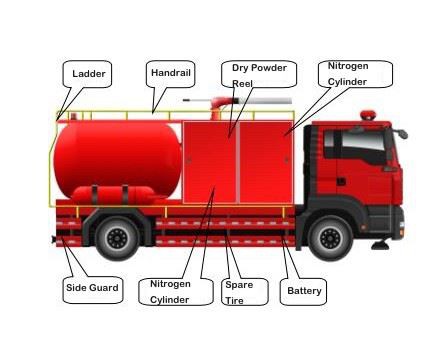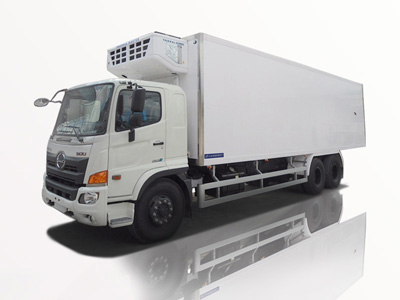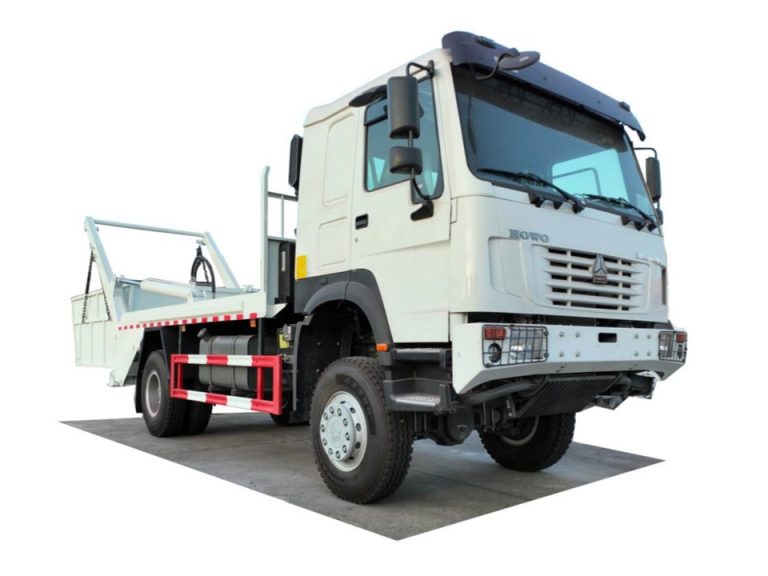Trash compactors are valuable appliances in modern kitchens, making it easier to handle waste. However, like any appliance, they have a life span, and you may find yourself needing to replace yours. In this comprehensive guide, we will explore the reasons to replace a trash compactor, how to do it, and provide tips for choosing the right one. This article aims to empower you with the knowledge to tackle this home improvement project with confidence.
Why Replace Your Trash Compactor?
Before diving into the replacement process, it’s crucial to understand why you might need to replace your trash compactor. Here are some common reasons:
1. Age and Wear
Like any appliance, a trash compactor has a finite lifespan. If your compactor is over a decade old, it may be time to consider a replacement.
2. Inefficiency
Old or malfunctioning trash compactors may not compress waste effectively. If you find yourself taking out the trash more frequently, it could be due to an inefficient unit.
3. Noise
Excessive noise during operation is often a sign of wear and tear. If your trash compactor sounds like it’s struggling, it might be time for a new one.
4. Damage or Malfunction
Frequent breakdowns or repairs can become costly. If repairs are piling up, replacing the unit may be more cost-effective.
5. Modern Features
Newer models come equipped with advanced features that enhance performance, such as quieter operation, better energy efficiency, and improved waste compaction. Upgrading can improve your kitchen experience.
How to Determine if You Need a Replacement
Before committing to a new purchase, it’s essential to conduct a thorough assessment of your current trash compactor.
Steps to Assess Your Trash Compactor
- Check for Physical Damage: Look for dents, rust, or cracks on the unit.
- Test the Mechanism: Run the compactor to see if it’s functioning smoothly.
- Monitor Noise Levels: Note any unusual sounds that could indicate problems.
- Assess System Lights: Indicator lights should operate correctly.
- Review Repair History: Consider how often it has needed repairs.
Choosing a New Trash Compactor
Selecting the right trash compactor can be a daunting task, given the variety of models available. Below are essential features to consider.
1. Type of Trash Compactor
There are two primary types of trash compactors:
- Built-In Trash Compactors: These are integrated into cabinets and provide a sleek appearance.
- Portable Trash Compactors: These can be moved around and are typically less expensive.
| Type | Pros | Cons |
|---|---|---|
| Built-In | Sleek design, saves space | More expensive, professional installation often required |
| Portable | Less expensive, easy to use | Can be bulky, may not fit under counters |
2. Size and Capacity
Consider how much waste you typically generate. Larger families may require a compactor with a bigger capacity. Measure the space available in your kitchen to ensure a good fit.
3. Energy Efficiency
Look for models with Energy Star ratings, which can lead to significant savings on your energy bills over time.
4. Key Features
Modern trash compactors may include:
- Automatic shut-off
- Odor management systems
- Noise reduction technologies
- Removable bins for easy cleaning
5. Brand and Warranty
Research reputable brands known for durability and performance. Check the warranty period and what it covers, as this can be an indicator of quality.
How to Remove an Old Trash Compactor
When replacing your trash compactor, proper removal is essential. Here’s a step-by-step guide:
Required Tools
- Screwdriver
- Pliers
- Utility knife
- Flashlight
Removal Steps
- Unplug the Unit: Disconnect it from the power source to ensure safety.
- Remove the Kickplate: Use a screwdriver to take off the kickplate at the bottom.
- Detach the Compactor: Unscrew any fasteners and carefully pull the unit out.
- Disconnect the Drain Hose: If applicable, detach any hoses that were connected.
- Secure Disposal: Safely dispose of the old compactor according to local guidelines.
Installing a New Trash Compactor
Once you’ve removed the old unit, follow these steps to install the new one.
Installation Steps
- Prepare the Space: Clean the area where the old compactor was installed.
- Position the New Unit: Slide the new compactor into place.
- Reconnect Any Hoses: If your compactor requires plumbing, connect the drain hose.
- Secure the Unit: Fasten the compactor using screws as instructed in the manual.
- Test Functionality: Plug in the unit and run a test cycle to ensure everything is working correctly.
Maintaining Your Trash Compactor
Proper maintenance can extend the life of your new trash compactor.
1. Regular Cleaning
Clean the interior and exterior of the compactor periodically. Use mild soap and warm water.
2. Inspect Moving Parts
Check the compactor’s ram and other moving parts for wear. Lubricate if necessary.
3. Monitor Waste Organization
Avoid overloading the compactor and ensure waste is properly organized for optimal use.
4. Check for Odors
Regularly inspect for unpleasant smells, which can be mitigated with deodorizing solutions or charcoal bags.
Practical Tips for Trash Compactor Usage
1. Use the Right Bags
Using specially designed trash compactor bags can enhance performance and prevent tearing.
2. Don’t Compact Hazardous Materials
Never place items like batteries, paint, or oils in your trash compactor. They can cause damage and pose health risks.
3. Organize Waste Properly
Sorting recyclable materials before compacting can reduce landfill contributions and encourage eco-friendly habits.
Frequently Asked Questions (FAQs)
1. How long does a trash compactor typically last?
A well-maintained trash compactor can last anywhere from 10 to 15 years.
2. Can I replace my trash compactor myself?
If you’re comfortable with basic tools and home repairs, replacing a trash compactor is within reach. However, hiring a professional is recommended for complicated installations.
3. What should I do with my old trash compactor?
Contact local waste management services for guidance on proper disposal methods, or consider donating it if it’s still functional.
4. Are built-in trash compactors worth the investment?
Built-in trash compactors offer aesthetics and space-saving advantages, making them a worthwhile investment for many homeowners.
5. What features should I prioritize when buying a new trash compactor?
Look for energy efficiency, size, noise levels, and additional features like odor management and automatic shut-off for the best balance of performance and convenience.
6. How often should I empty my trash compactor?
Empty your trash compactor when it reaches the maximum capacity or when you notice odors or unusual noises from the unit.
